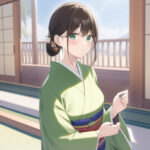Mt.Kurama Crossing! To Kifune! 26Spots at Kuramadera Temple
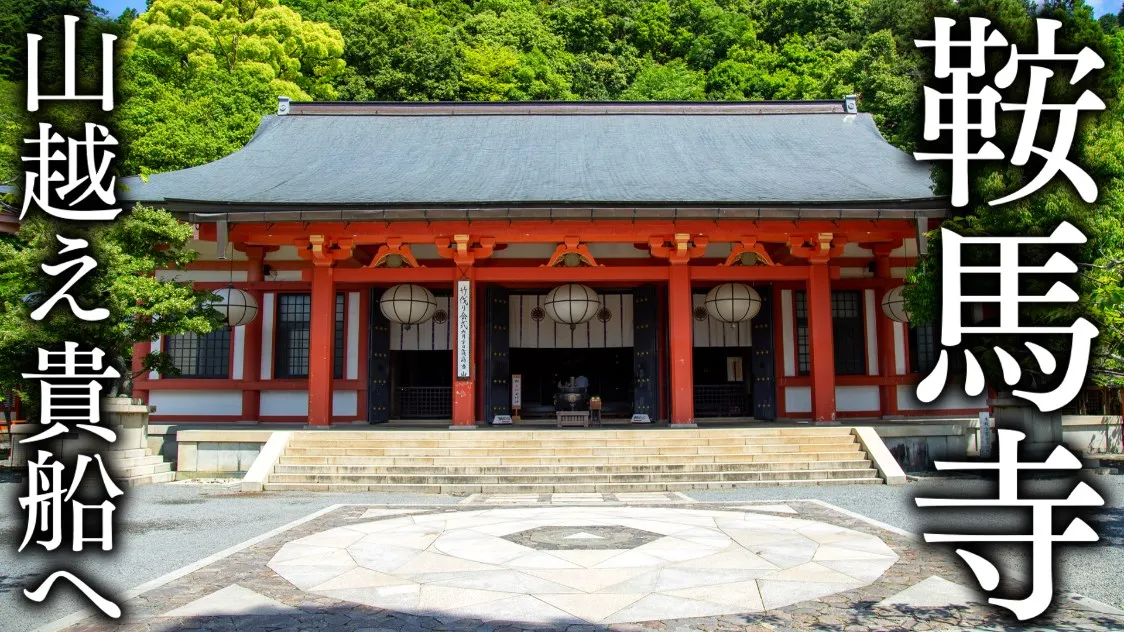
00:00 Kurama Station
01:26 Niomon Gate of Kuramadera Temple
01:57 Approach to the 99 fold
02:22 Hosei Pond
02:44 Yoshikura Inari Shrine
03:10 Yuki Shrine
04:15 Kawakami Jizo Hall
04:31 Soufukuen
05:09 Kuramadera Temple Central Gate
06:00 Site of the resting place of Empress Sadamyo
07:20 Benzaiten Shrine in Tatsumi
07:55 Kuramadera Temple
08:26 Vajrayana floor
08:45 Aoigai Gobozen Shrine
09:18 Komyoshinden/Kongojyoin
09:30 Approach to the inner sanctuary
10:08 Reihouden
10:31 Jizo Hall on Byoubuzaka
11:06 Back to back comparison stone
11:17 Tree root road
11:49 Osugi Gongen Shrine
12:08 Fudo Hall
12:33 Yoshikyodo
13:27 The Demon King’s Hall
14:42 Kibune Town
15:08 Riverbed
15:53 Main Shrine of Kibune Shrine
17:43 Kibune Shrine Ketsusha (Nakamiya)
18:58 River of Thoughts
19:36 Kibune Shrine Okumiya
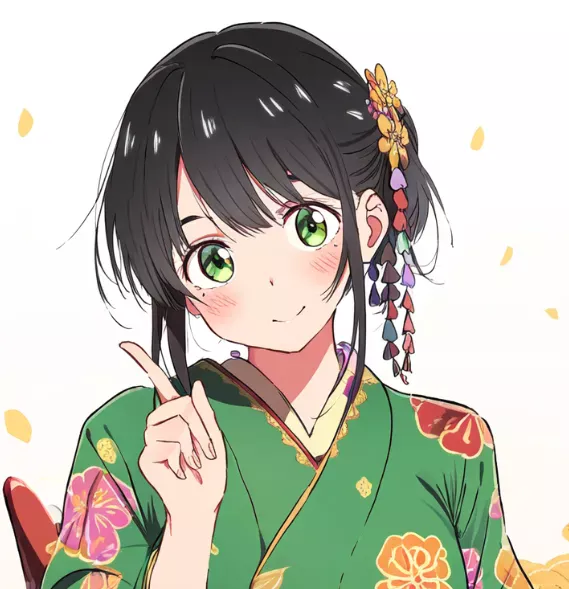
Tap the table of contents of the video to view the video of that location on YouTube.
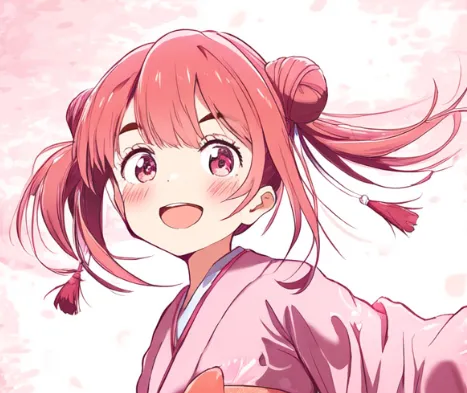
This issue features a superb view of Kuramadera Temple, the most powerful power spot in Kyoto!
Beyond Kuramadera Temple, I will introduce the route to Kibune Shrine and the sights along the way.
- Basic Information on Kuramadera Temple (Kuramadera)
- Access to Kuramadera Temple
- Kuramadera Temple opens its doors once every 60 years|Next opening is in 2046
- Start from Kurama Station
- Kurama Tengu
- Niomon Gate of Kuramadera Temple
- The Ninety-nine Fold Approach
- free-range pond
- Yoshikura Inari Shrine
- Yugi Shrine
- Kawakami Jizo-do
- Soufukuen
- Kuramadera Temple Central Gate
- Site of the Resting Place of Empress Joumei
- Benzaiten Shrine in Tatsumi
- Main Kondo Kondo Hall, Kuramadera Temple
- vajra floor
- Akaii Gobozen Shrine
- Koumyoushinden/Kongoronin
- approach to the inner sanctuary
- shrine of imperial ancestors
- Jizo Hall on Byobuzaka
- comparison of statures
- treeless path
- Osugi Gongen Shrine and Fudo Hall
- Āryācalanātha
- sutra library
- High Priestess (Tarot card)
- Go to Kibune Shrine!
- Watch a video of Kurama Koshi
- Kyoto’s spectacular scenery

| Address. | 601-1111 1074 Kurama Honmachi, Sakyo-ku, Kyoto-shi, Kyoto |
| Business Hours | 9:00-16:15 |
| Parking lot | Yes (paid, multiple parking lots available) |
| Cost | 300 yen |
| Website | https://www.kuramadera.or.jp/ |

The nearest station is Kurama Station.
It takes about one hour from Kyoto Station.

Parking fees are generally 500 yen per day in most cases.
There are many private parking lots.
Kuramadera Temple opens its doors once every 60 years|Next opening is in 2046

Kuramadera Temple has a ” Hon-den Kondo” where you can feel and integrate the power of Son-ten, and where the Bishamon-tenno (Goddess of Mercy), Bishamon-tenno (Goddess of Mercy), and Goho-ma-no-zon (Goddess of Mercy) are enshrined.
This Gohonzon is considered to be a hidden Buddha and is opened once every 60 years in the year of the third sexagenary cycle (the next one will be in 2046).
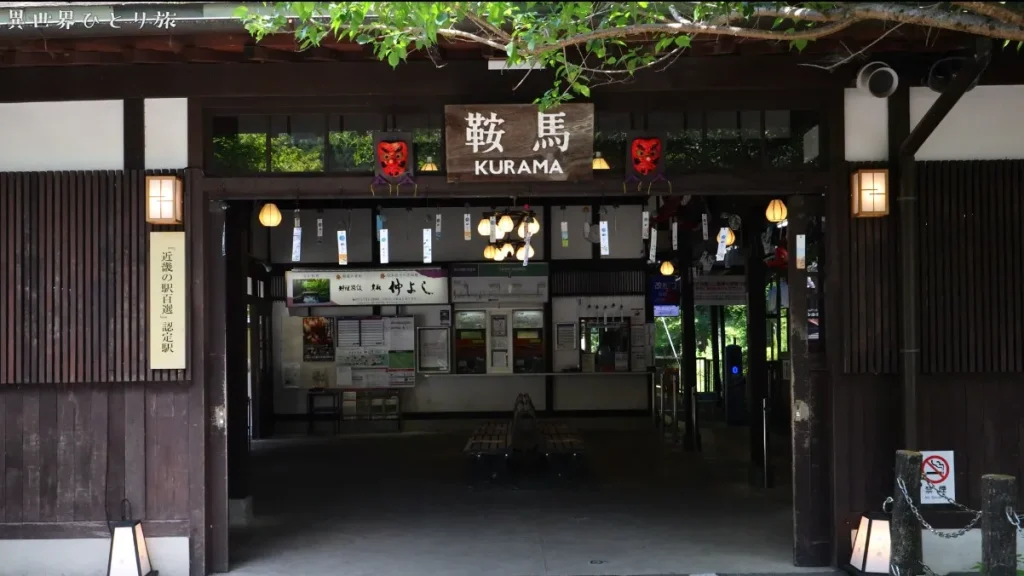

The start will be at Kurama Station.
There are several paid parking lots in the vicinity, so access by car is possible.
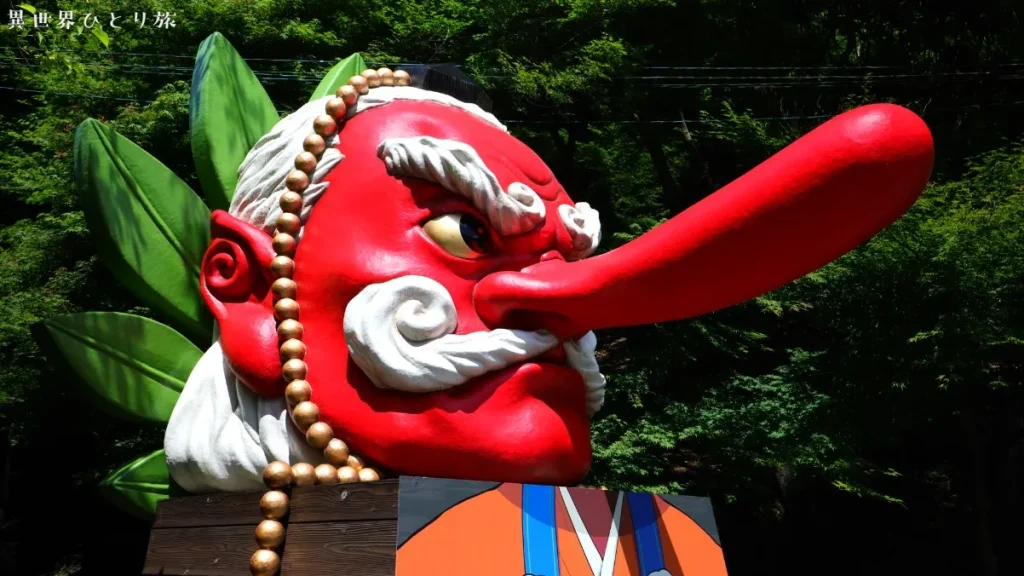

There is a huge tengu right in front of Kurama Station.
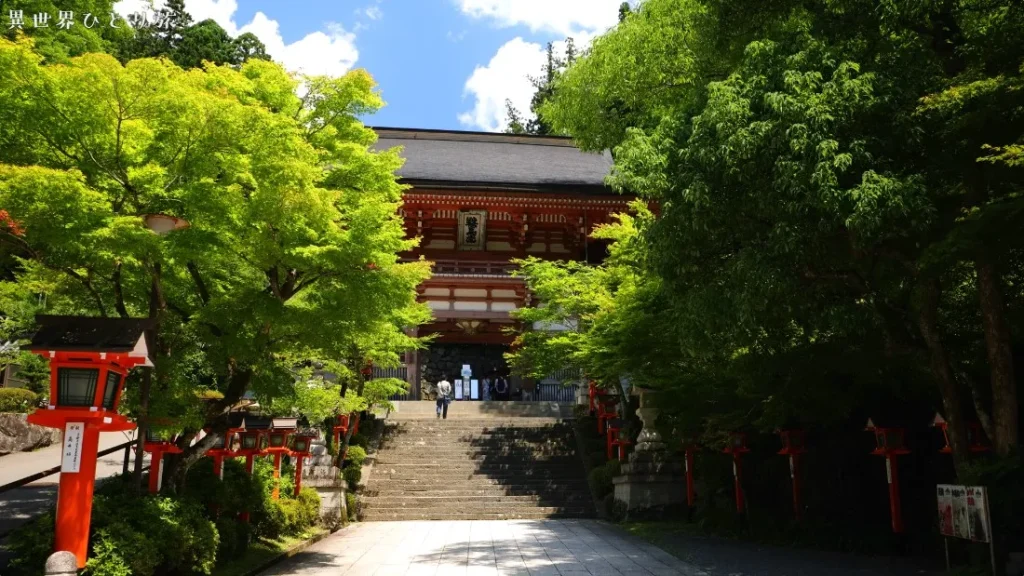

It was rebuilt in 1911.
The origin of this door dates back to the Juei period (1182-4).
In addition, the Niouzonzon statues standing on either side of the door are said to have been created by Unkei’s eldest son, Tankei. These elements form a boundary to the Pure Land.
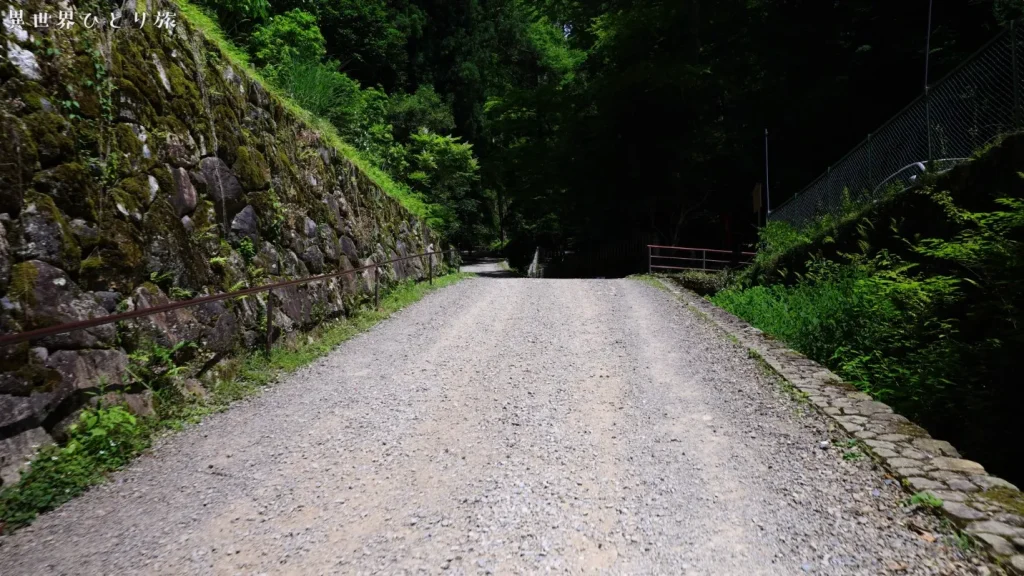
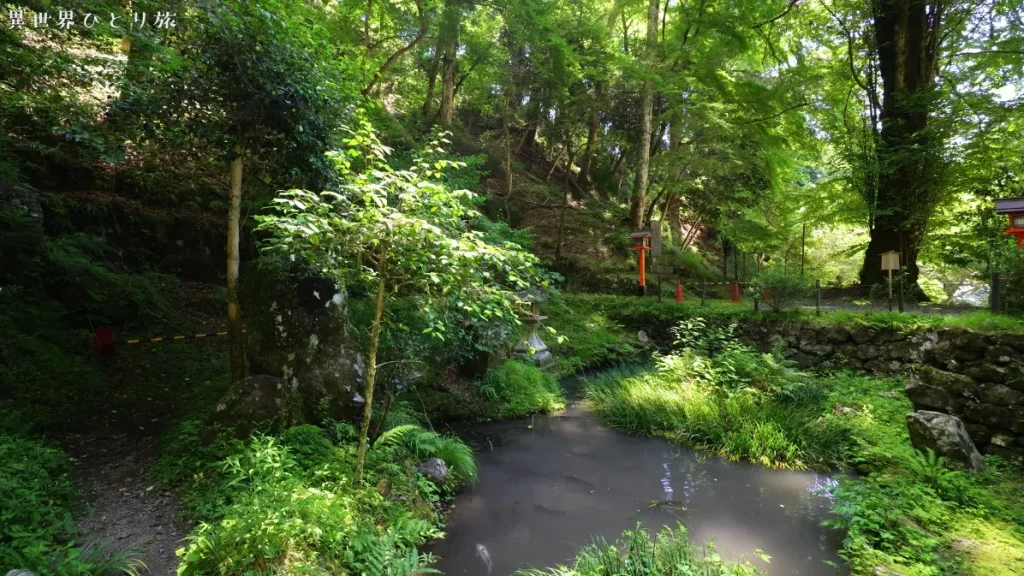
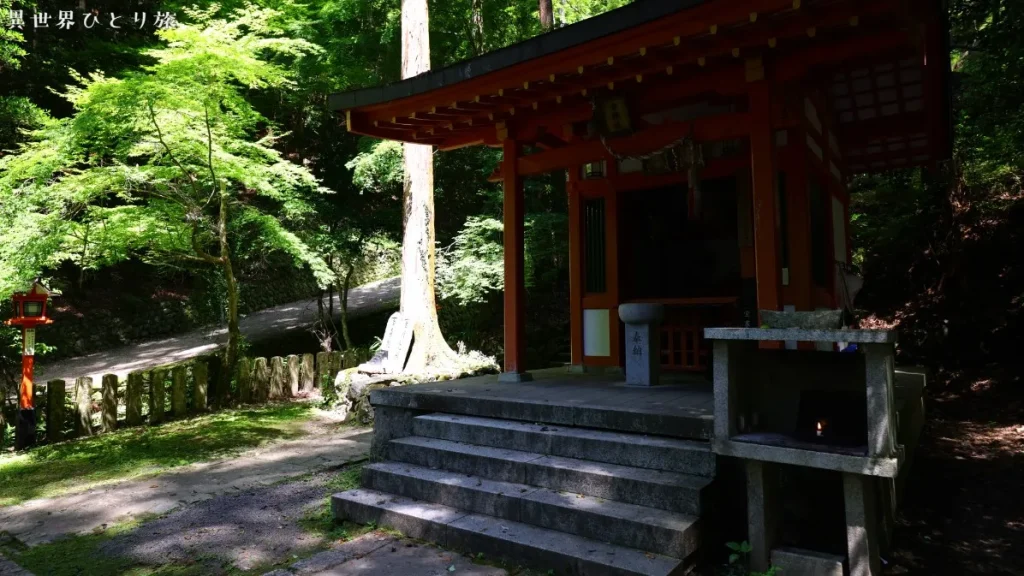
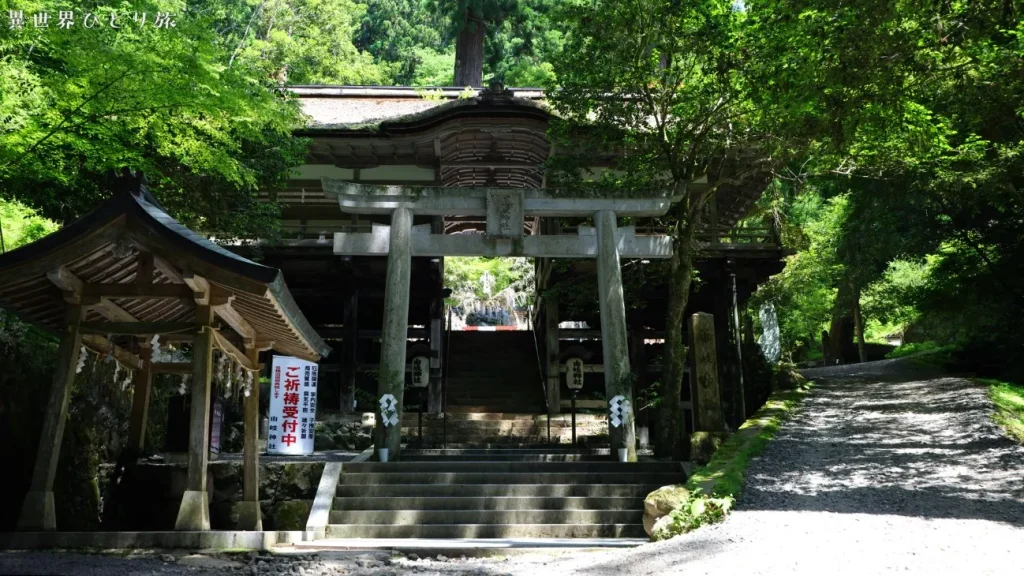
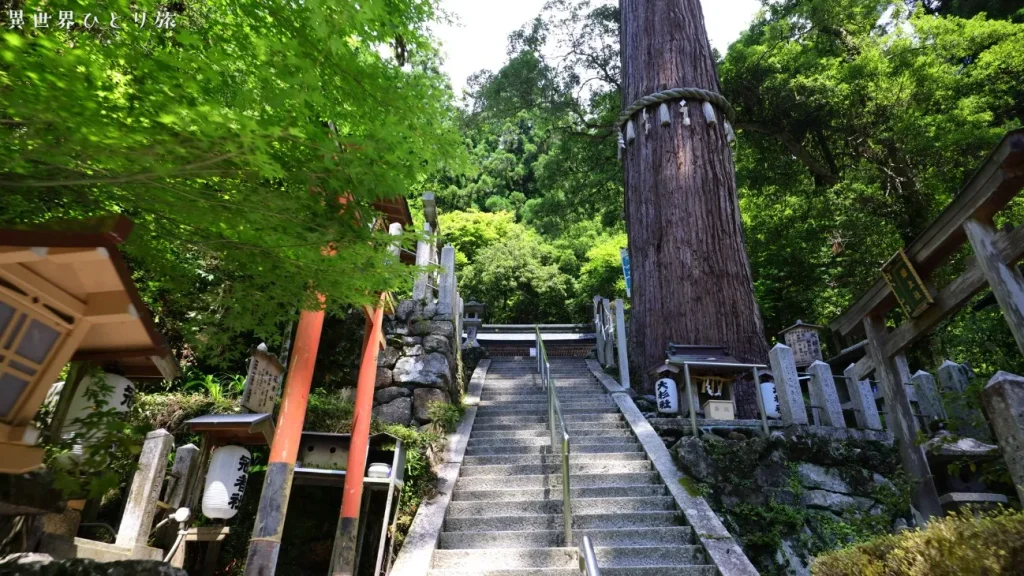
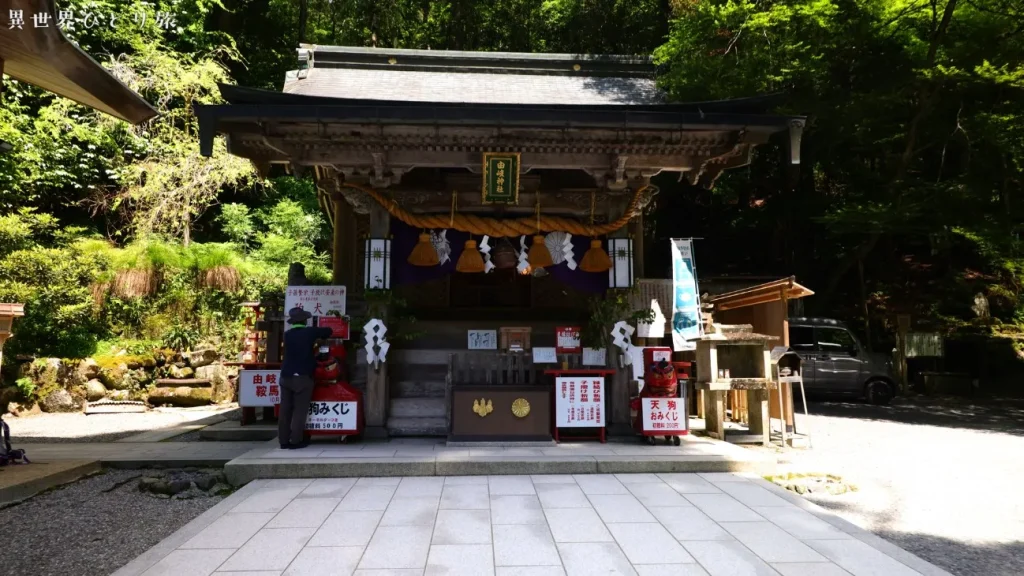
Yuki Shrine’s deity, Yuki Myojin, was relocated to Kuramadera by order of Emperor Suzaku when the Tenkei Rebellion broke out in 940, and is enshrined as a shrine for the protection of the northern part of the country.
The fire festival of Kurama originates from the legend that the villagers welcomed the spirit of the gods with a bonfire at this time.

Kuramadera Temple, the first power spot.
The shrine is located in front of a large hill.
But the stairs are steep.
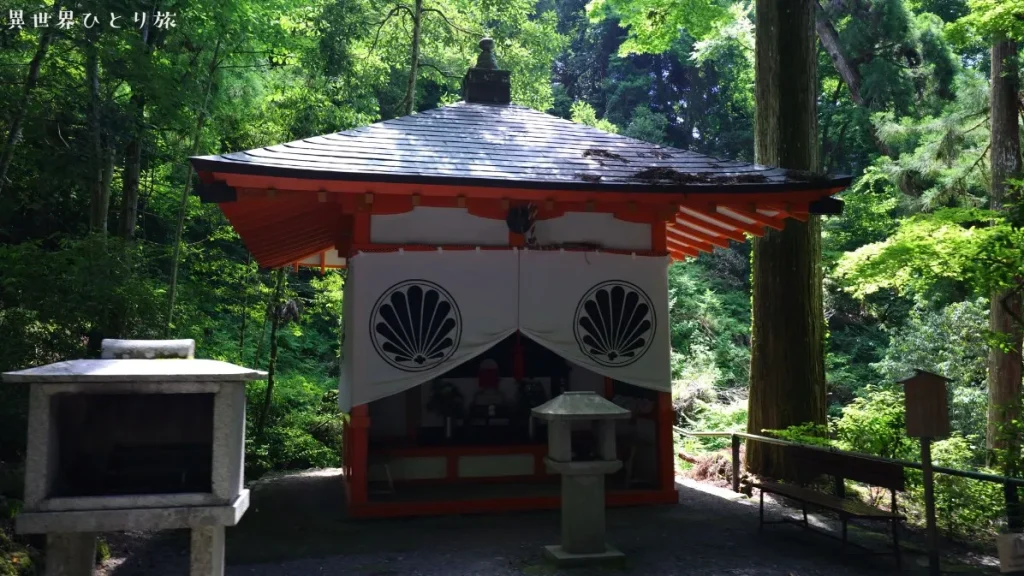
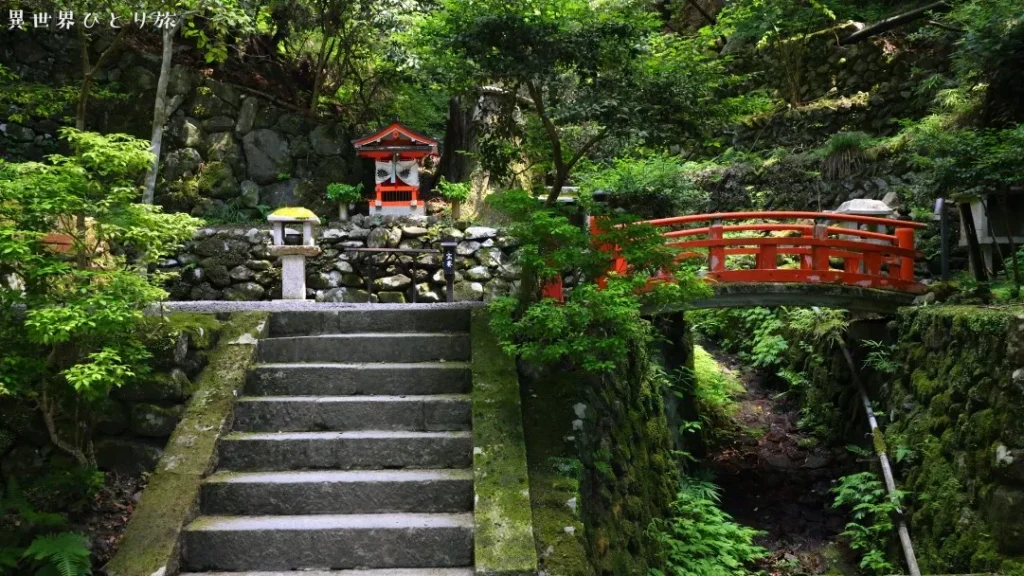
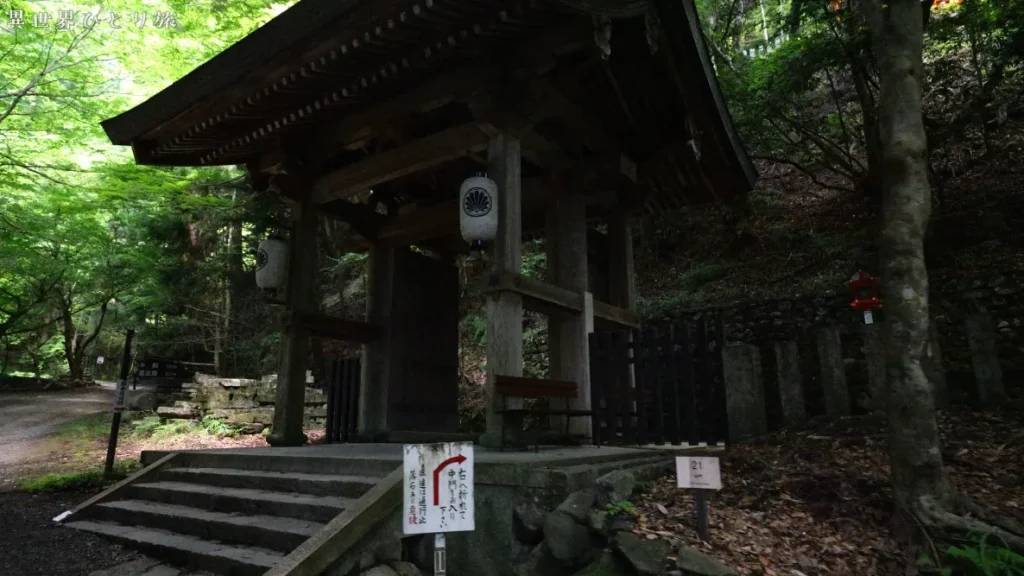
Originally located next to the Niomon Gate at the foot of the mountain, the building was called the Imperial Gate or Shikyakumon for imperial envoys to pass through, and was later moved to this location.
After that, the approach becomes stone steps, and a stone monument, “Sacrament of Rest for Her Majesty the Empress,” appears in the middle of the path.
This stone monument marks the spot where Empress Sadamei (Empress of Emperor Taisho) rested during her visit to the temple in 1924.
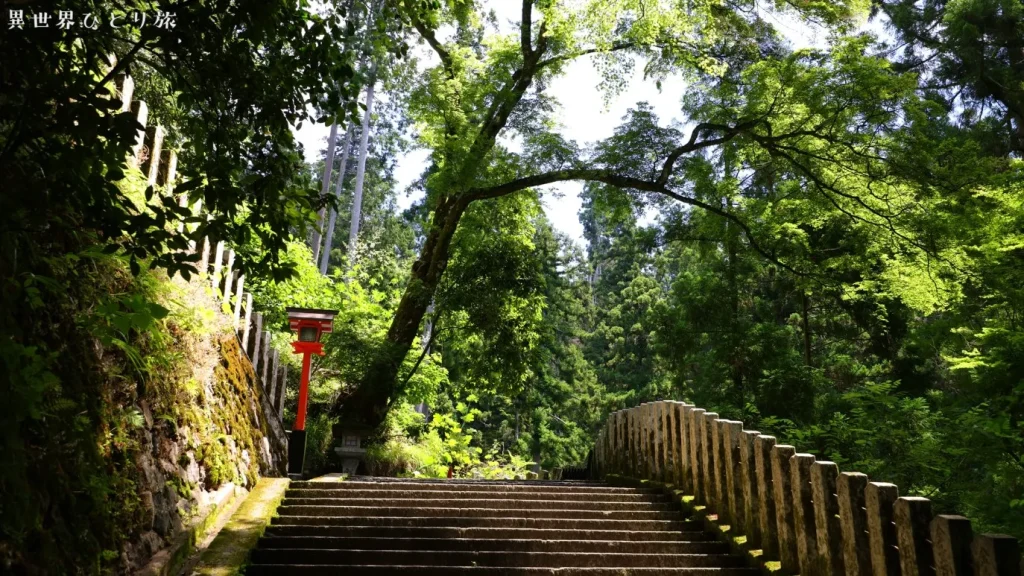

The atmosphere will change once you pass the central gate of Kuramadera Temple.
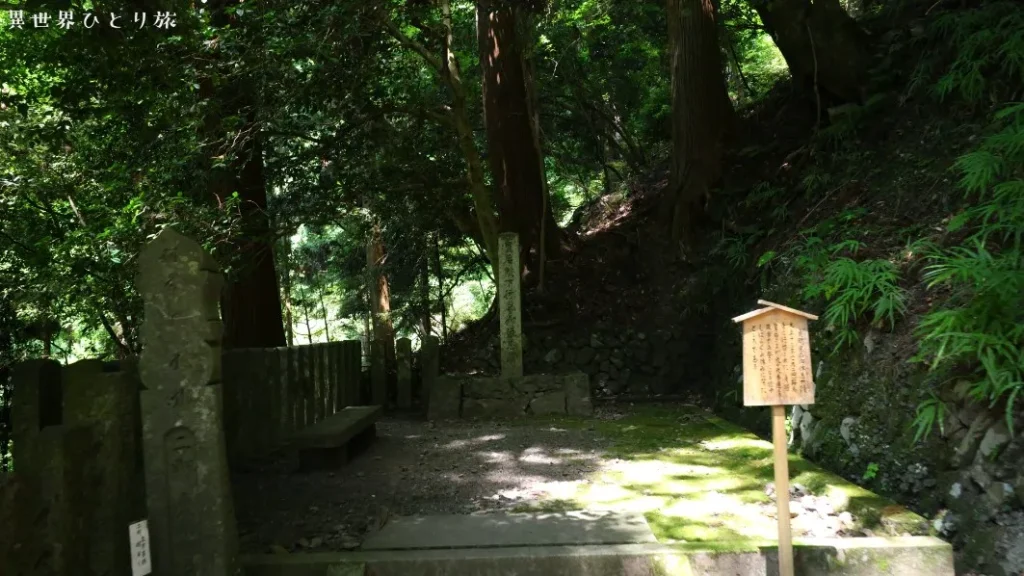
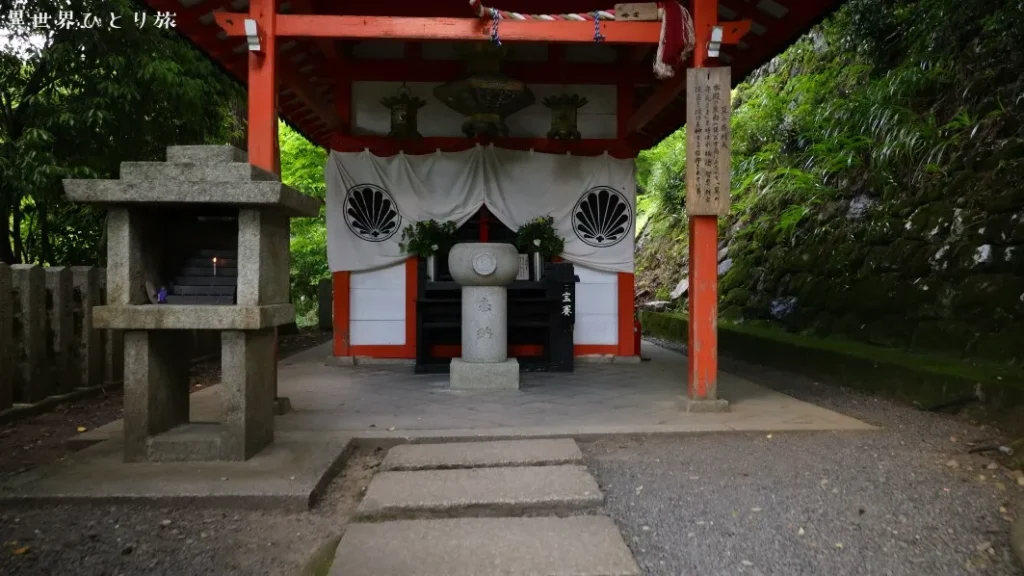
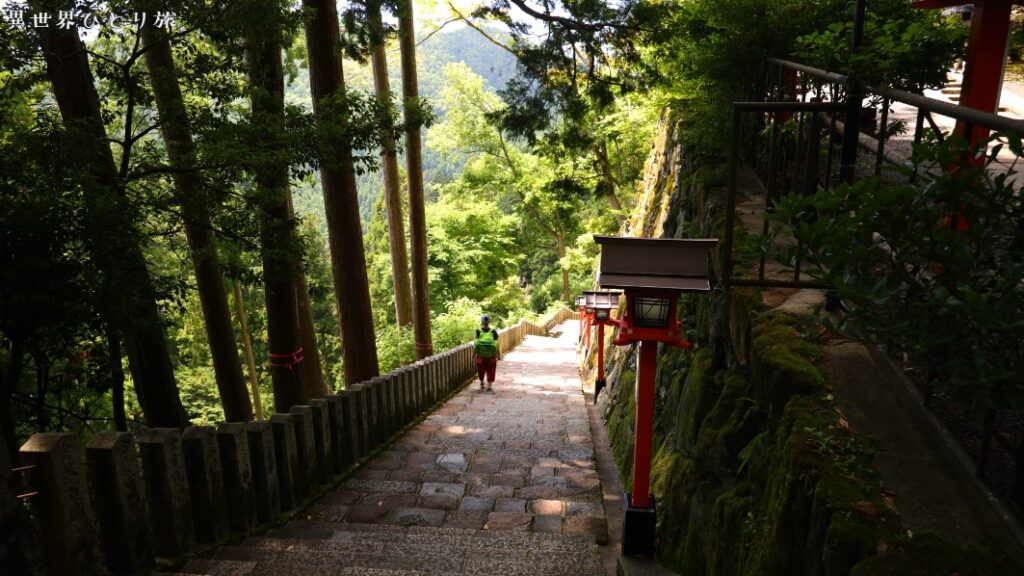
A steep stairway leads up to the top.
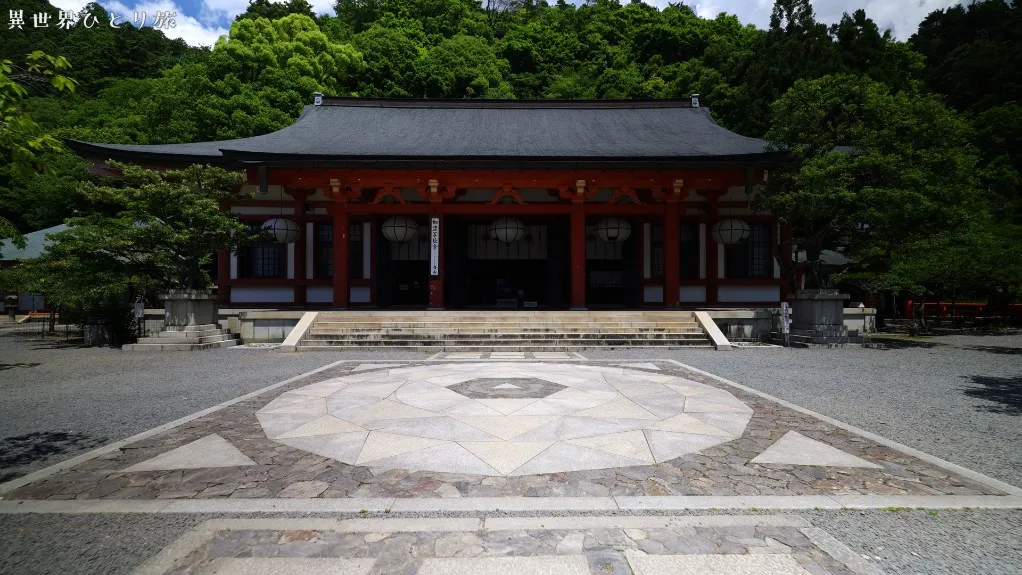

Finally, the main hall.
Those who feel it may feel tremendous power.
The main hall, Kondo and Kongokoro, is the central hall dedicated to the Bodhisattva Senju Kannon, the Bishamontenkyo (Goddess of Mercy), and the Goho Mahavairocana, symbolizing the work of Sonten (Goddess of Mercy).
The Gohonzon is a hidden Buddha statue, and is opened once every 60 years in the year of the third sexagenary cycle.
In the basement of the main shrine, the clean hair of the believers is enshrined.
The tiger, called “A-Un,” rather than a guardian dog, is an emissary of Bishamonten, and is associated with his appearance.
The name begins with the Japanese syllable “a” and ends with “n,” and is considered a symbol that encompasses all of the universe.
vajra floor
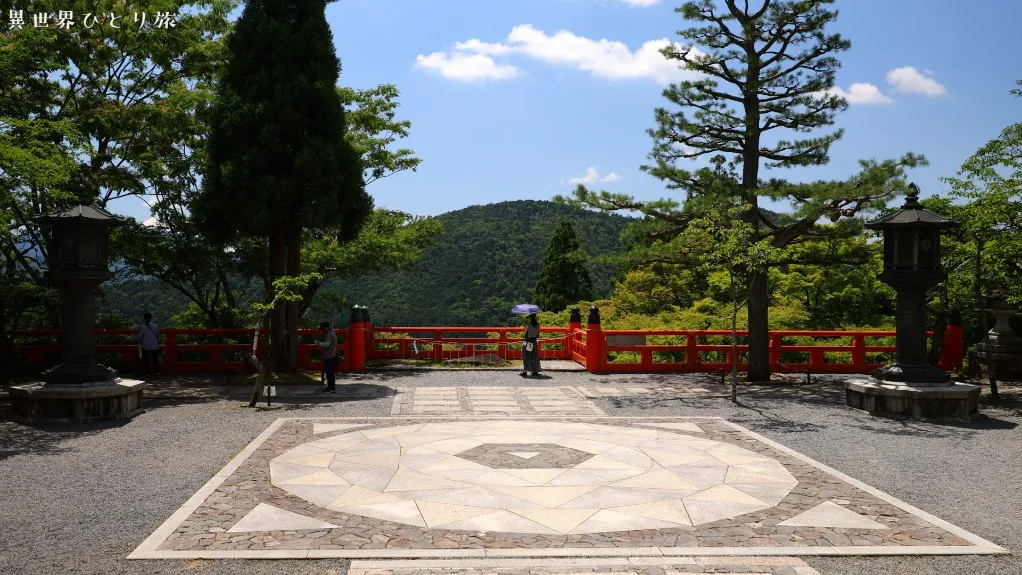

The Kongo-Doko in front of the main Golden Hall is a place that imitates a star mandala in which the vibrations of the Venerable Heaven spread out, and functions as a place of practice where humans, who store the power of the universe, become one with the Venerable Heaven.
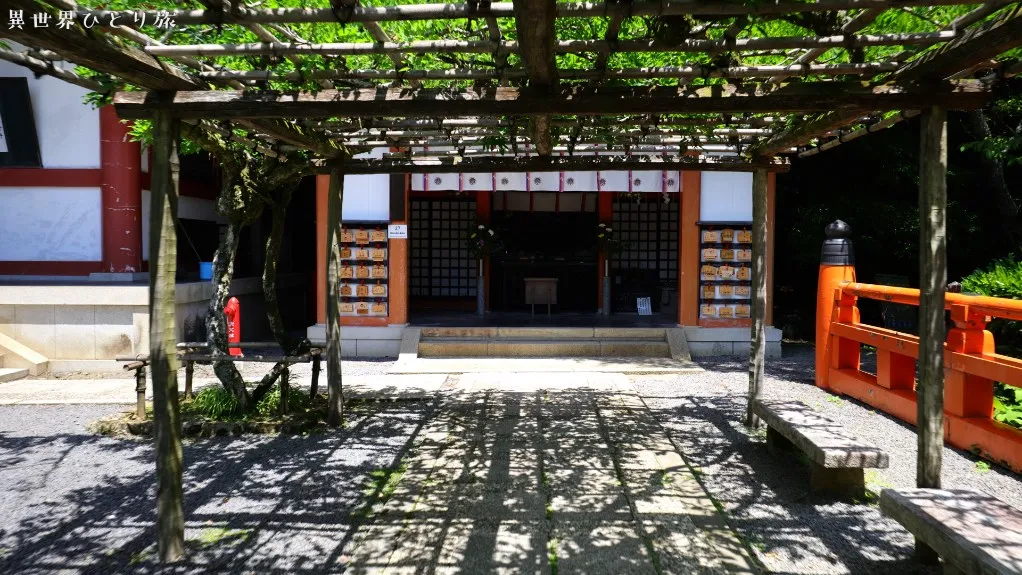
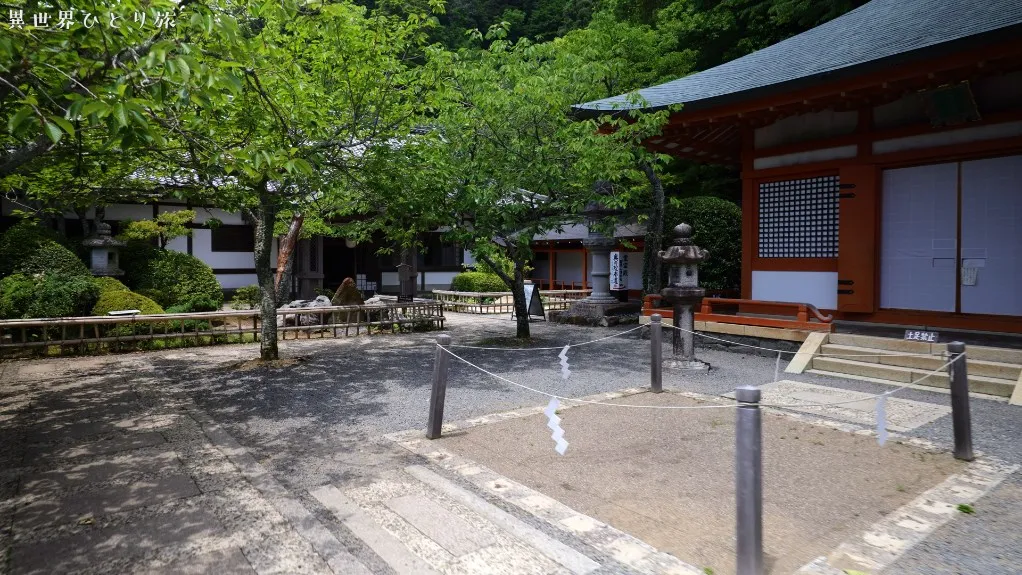
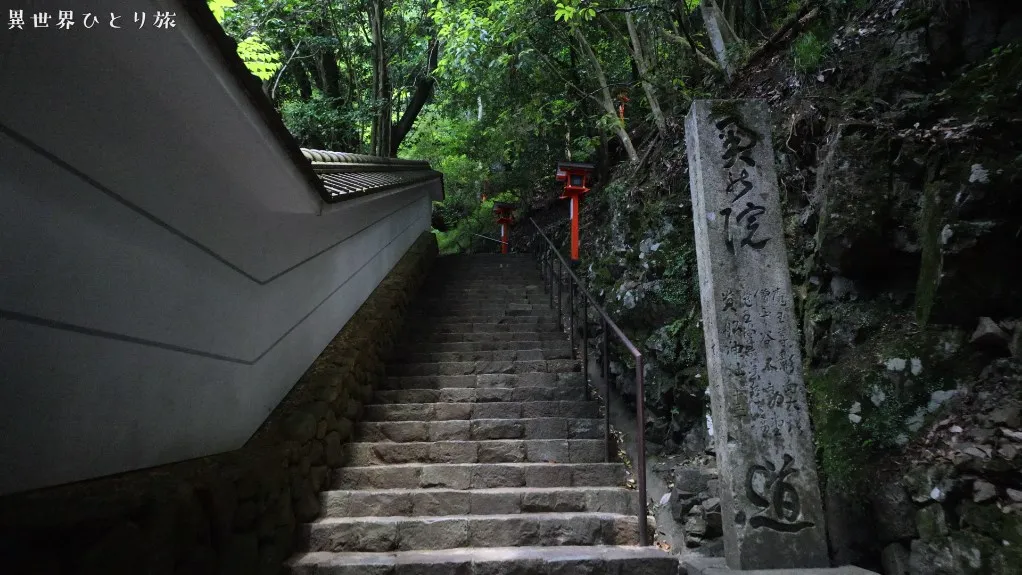
Along the way, a monument to the poet Yoshino Akiko/Hiroshi Kan, the teacher of the previous president, Noburaku Koun, and Fuyuhaku-tei, Akiko’s study, have been moved to the temple.
Proceeding to the Reihouden, the legendary place where Ushiwakamaru learned swordsmanship from a tengu is located ahead, and then the approach to the inner sanctuary begins, passing through the Monk’s Gaya to the Maou-den.
From here, a further mountain road leads to the direction of Kibune.
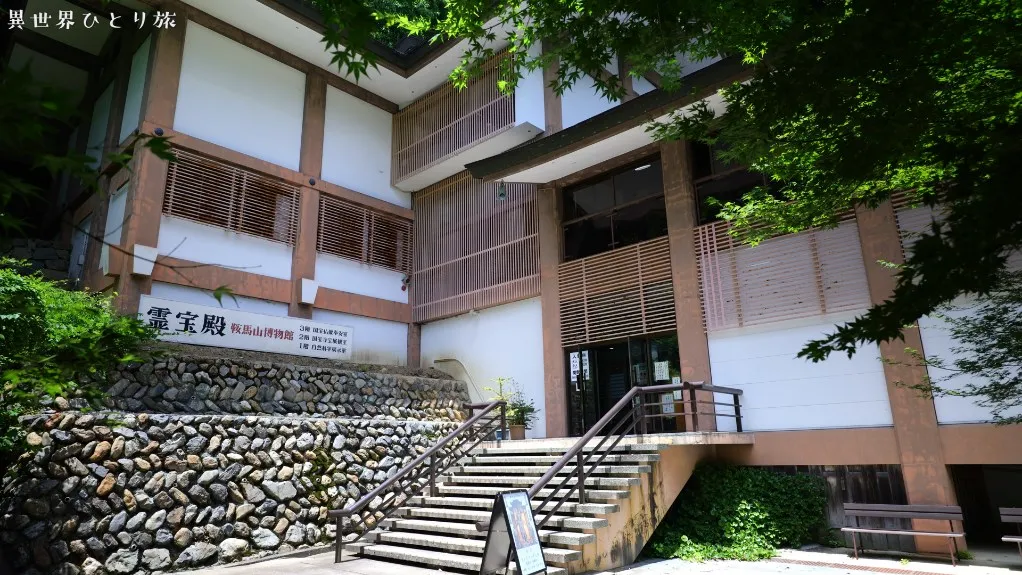

Climb up the approach to the left of the main shrine and in about 2 minutes you will reach Reihouden (Mt. Kurama Museum).
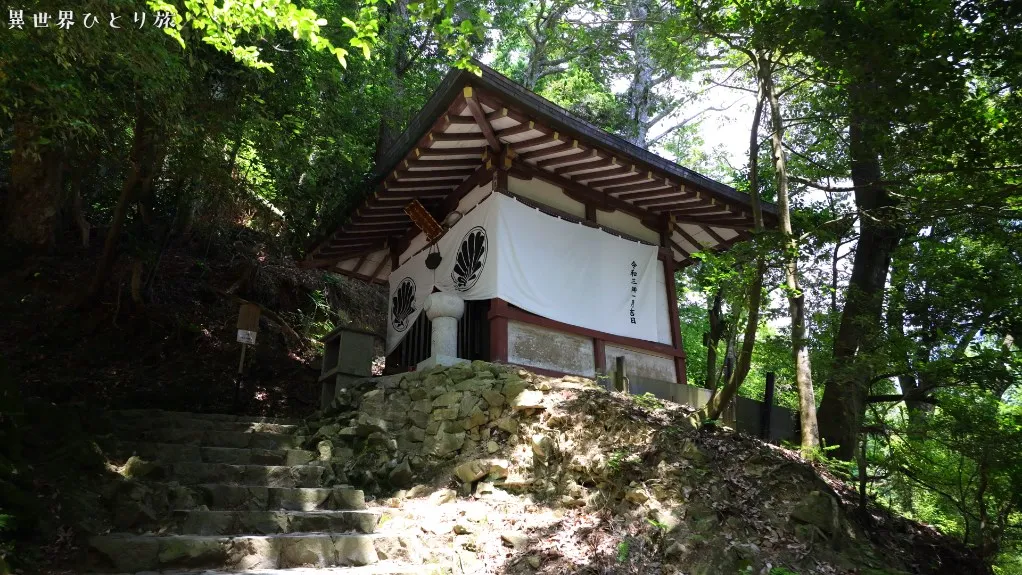
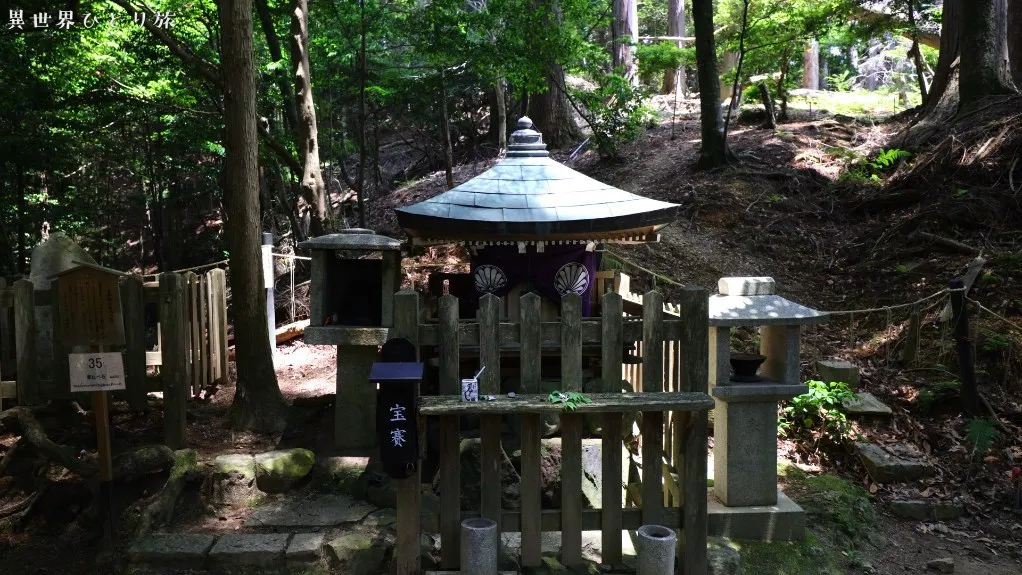

Ushiwaka, who learned that the Heike were his father’s enemies, left Kuramadera to seek refuge with Fujiwara no Hidehira.
At that time, they regretted parting, and according to legend, they compared their backs against a stone at this place!
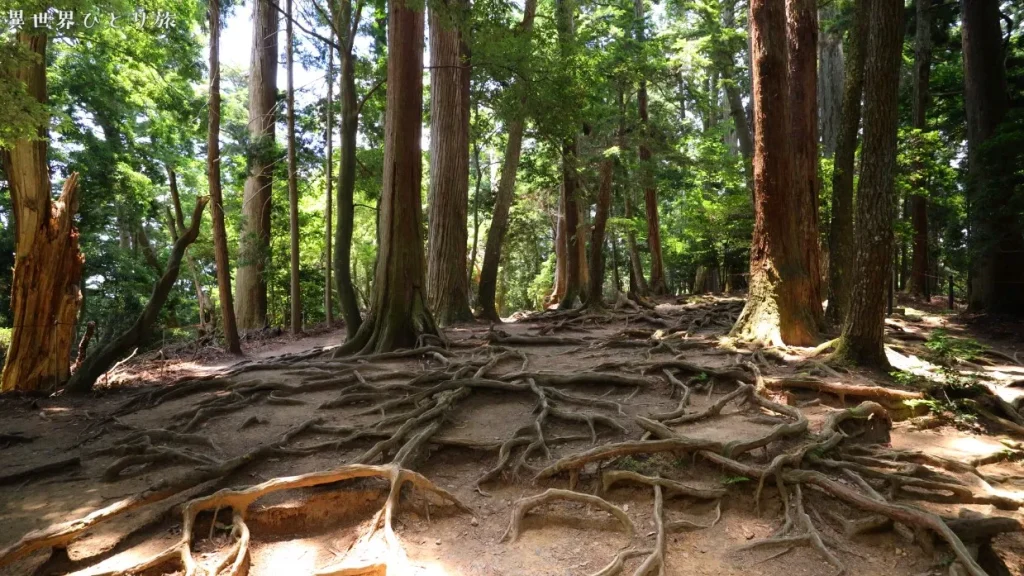

The sandstone in the area has hardened under the influence of scorching magma and its roots could not grow underground, thus creating an arabesque pattern on the surface of the earth.
It is said that Ushiwaka also used this “tree root path” to practice military arts.


This area is known as “Osugi-en Meditation Place” and is famous as a place where the energy of the Protector Majo-son is heightened.
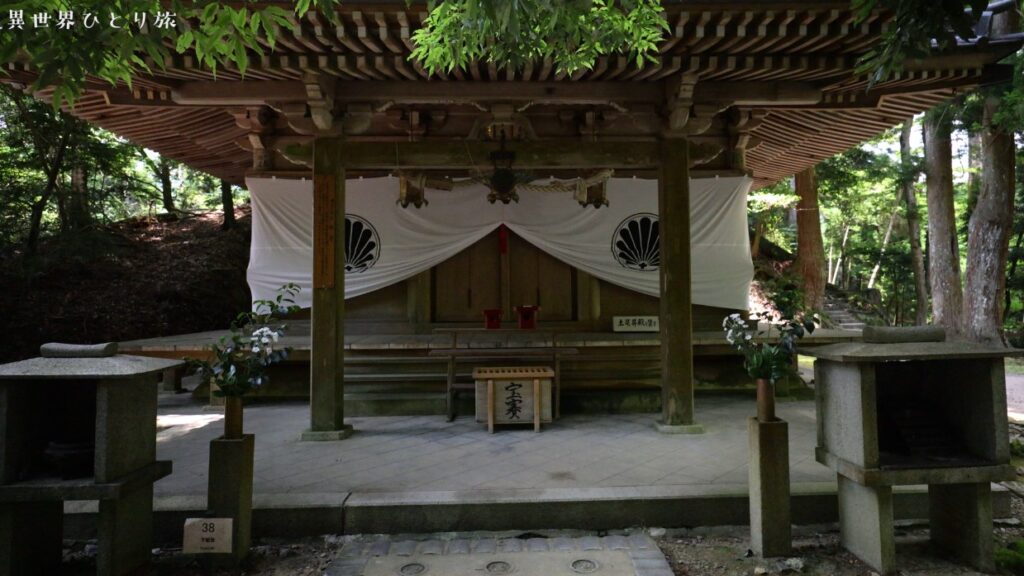
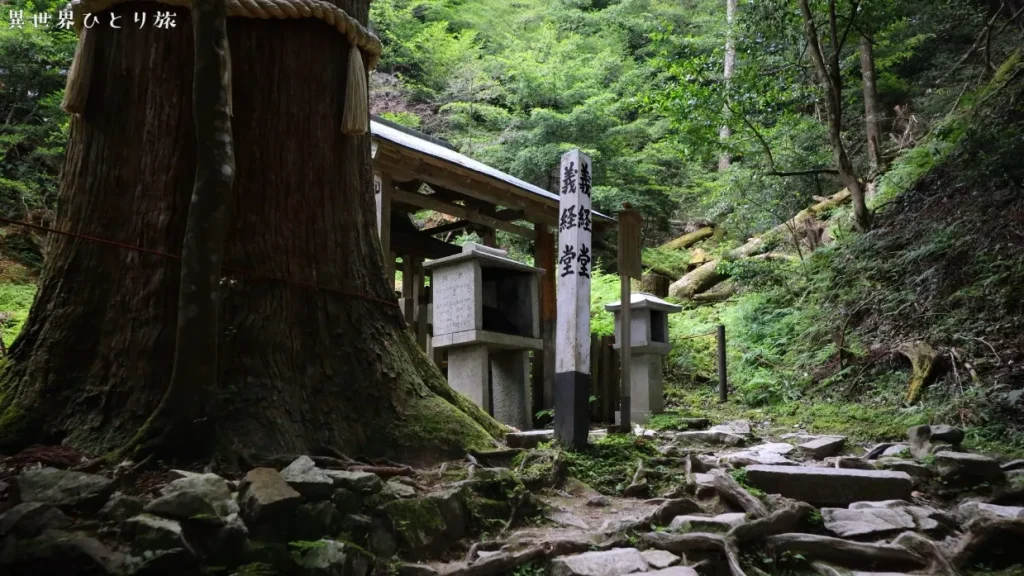

The soul of Minamoto no Yoshitsune, who died a violent death in Oshu, is said to have returned to Mount Kurama and rested in peace, and his presence is enshrined as Shanao-no-son.
Also in this area is “Monksho Gaya,” where Ushiwaka is said to have learned the art of war from a tengu.
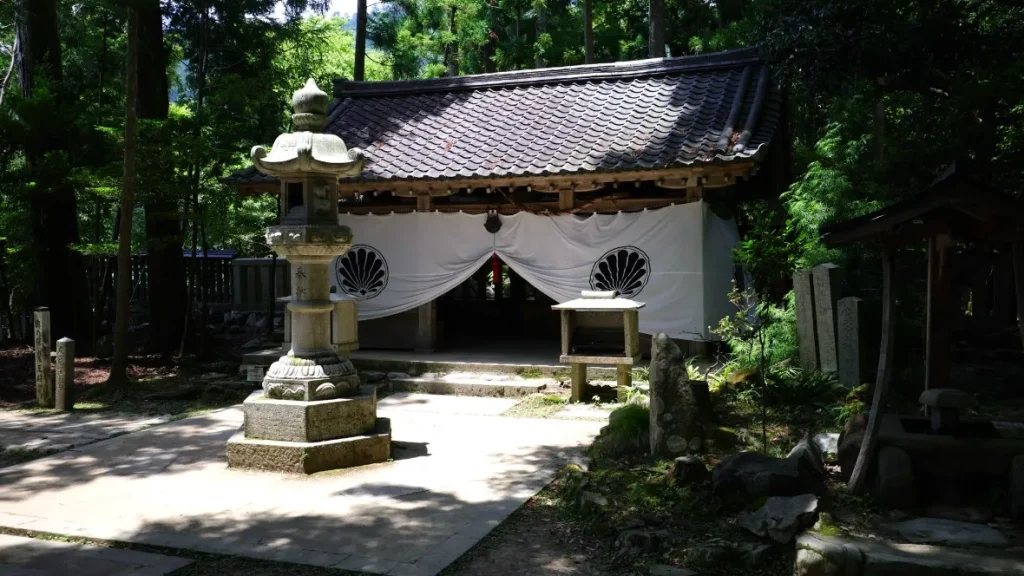
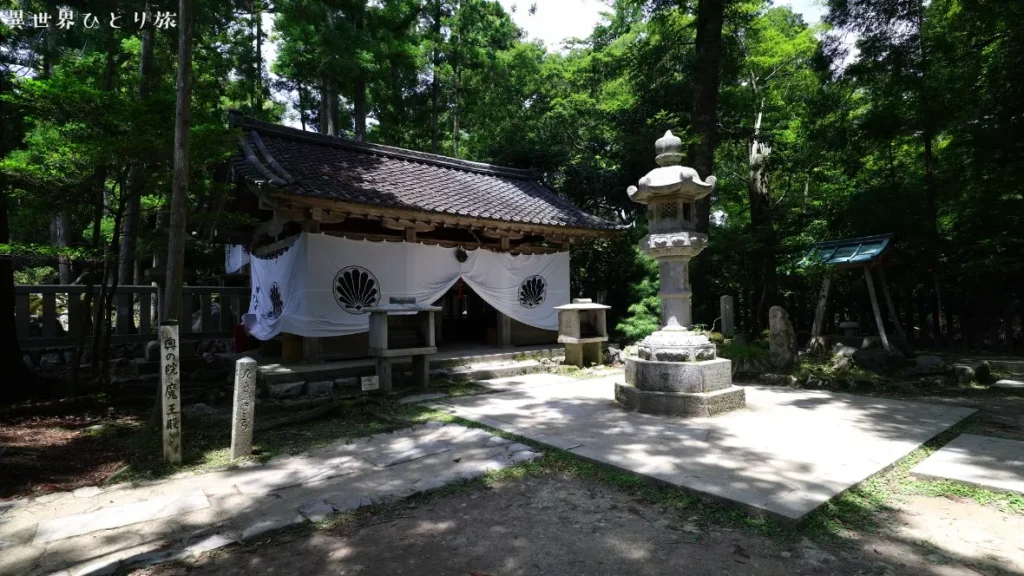

When you proceed up Mt. Kurama, you will arrive at “Maouden”.
Since ancient times, the “Maou-den” has been worshipped as the place where the “Goho Maou-son” descended from.
From here, walk down the slope to reach Kibune Shrine.

It takes about 10 minutes to get to Kibune Shrine from “Maouden” on the downhill road.
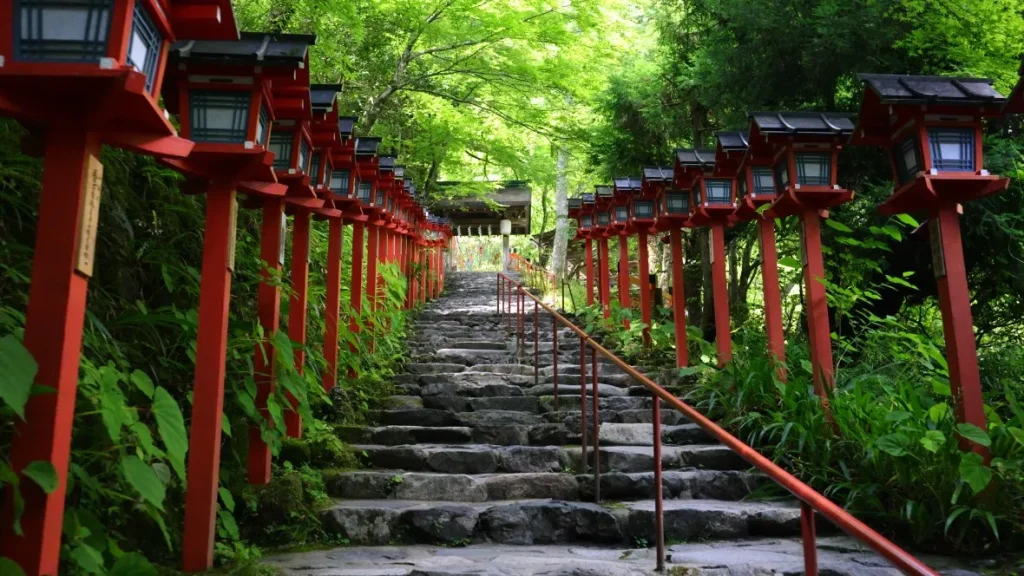
| Address. | 601-1112 180 Kurama Kibune-cho, Sakyo-ku, Kyoto-shi, Kyoto |
| Hours of Operation | 6:00 a.m. – 6:00 p.m. |
| Parking lot | Available (parking fee charged) |
| Cost | Free of charge |
| Website | https://kifunejinja.jp/ |

After about an hour’s walk along the mountain path, you can exit in the direction of Kibune Shrine.
For more information about Kibune Shrine please see this article.
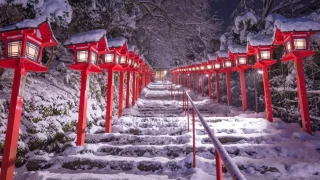
00:00 Kurama Station
01:26 Niomon Gate of Kuramadera Temple
01:57 Approach to the 99 fold
02:22 Hosei Pond
02:44 Yoshikura Inari Shrine
03:10 Yugi Shrine
04:15 Kawakami Jizo Hall
04:31 Soufukuen
05:09 Kuramadera Temple Central Gate
06:00 Site of the resting place of Empress Sadamyo
07:20 Benzaiten Shrine in Tatsumi
07:55 Kuramadera Temple
08:26 Vajrayana floor
08:45 Aoigai Gobozen Shrine
09:18 Komyoshinden/Kongojyoin
09:30 Approach to the inner sanctuary
10:08 Reihouden
10:31 Jizo Hall on Byoubuzaka
11:06 Back to back comparison stone
11:17 Tree root road
11:49 Osugi Gongen Shrine
12:08 Fudo Hall
12:33 Yoshikyodo
13:27 The Demon King’s Hall
14:42 Kibune Town
15:08 Riverbed
15:53 Main Shrine of Kibune Shrine
17:43 Kibune Shrine Ketsusha (Nakamiya)
18:58 River of Thoughts
19:36 Kibune Shrine Okumiya

An article on the magical spots of a deep tour of Kyoto Please see also
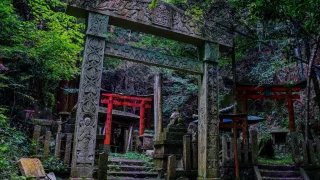
![Welcome to the Underworld of Kyoto] 30 Magical Spots in Kyoto](https://isekai-hitoritabi.com/wp-content/uploads/2022/11/2022-08-20_12h30_18-640x360.jpg)
![14 Sightseeing Spots in Arashiyama and Sagano Area] Places to visit in Kyoto before you die.](https://isekai-hitoritabi.com/wp-content/uploads/2022/11/2022-11-20_19h37_48-640x360.jpg)
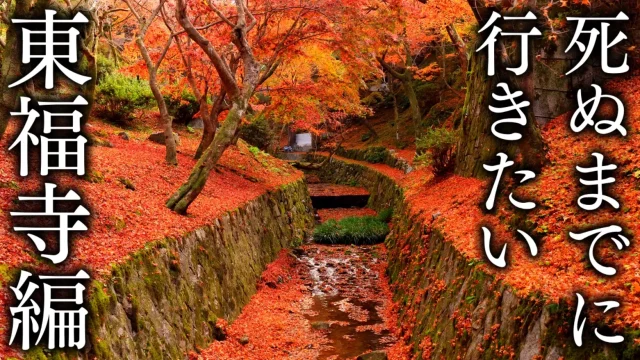
![Eikando Area] The most beautiful view of Kyoto that I want to visit before I die.](https://isekai-hitoritabi.com/wp-content/uploads/2022/12/2022-12-06_19h11_37-640x360.jpg)
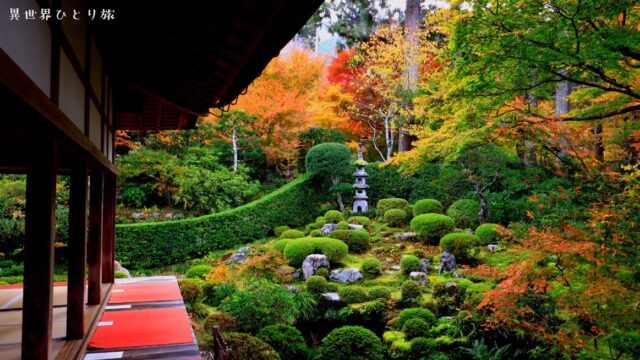
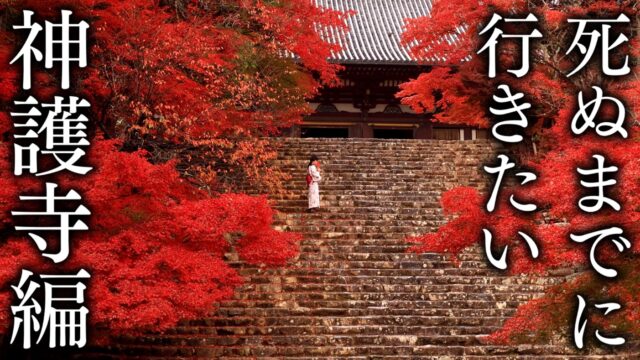
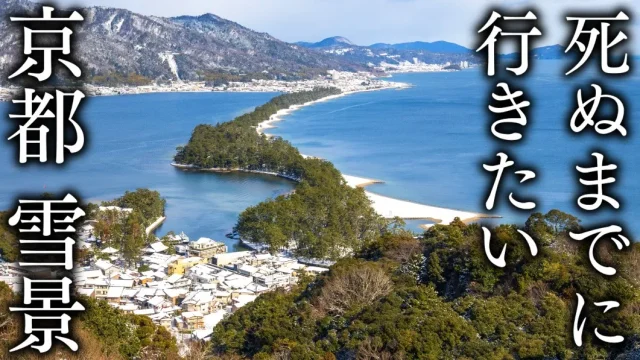
![The town closest to the sea in Japan] 7 Spectacular Spots for Boat Houses in Ine](https://isekai-hitoritabi.com/wp-content/uploads/2023/02/2023-02-03_19h06_16-1-640x360.webp)
